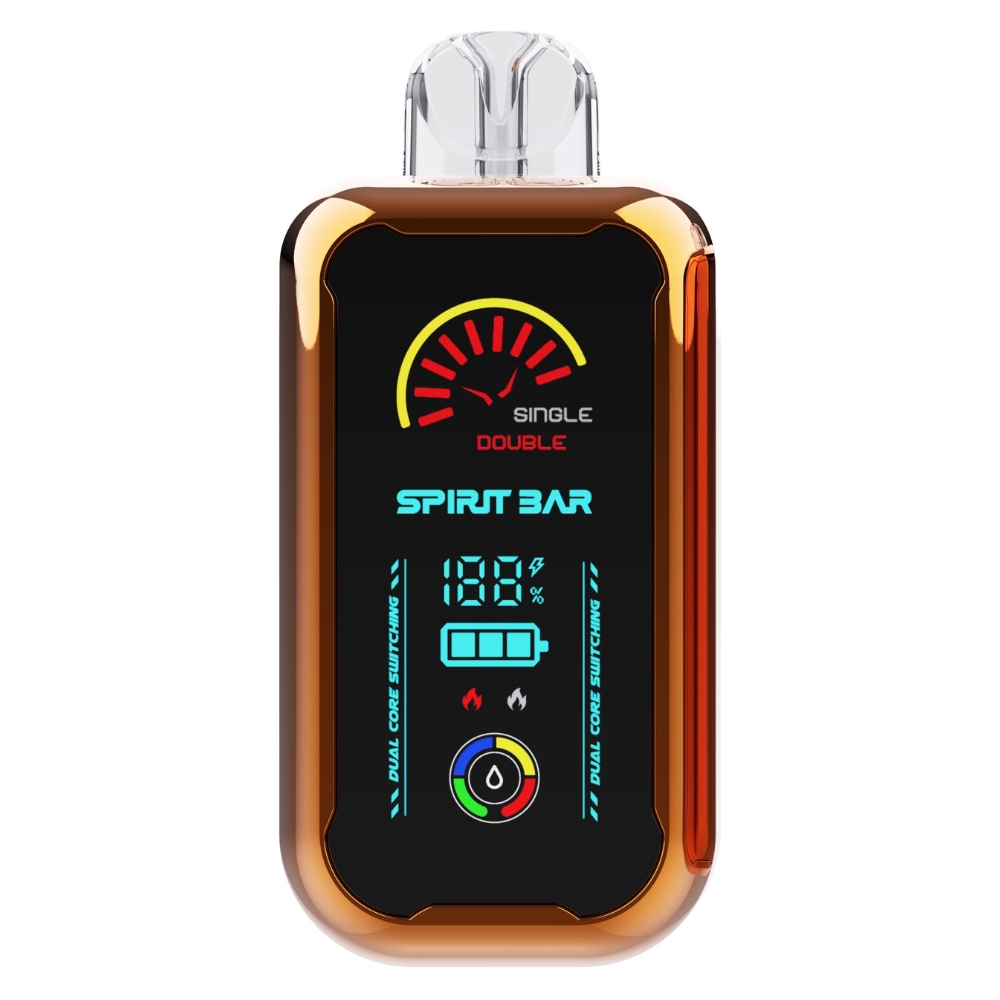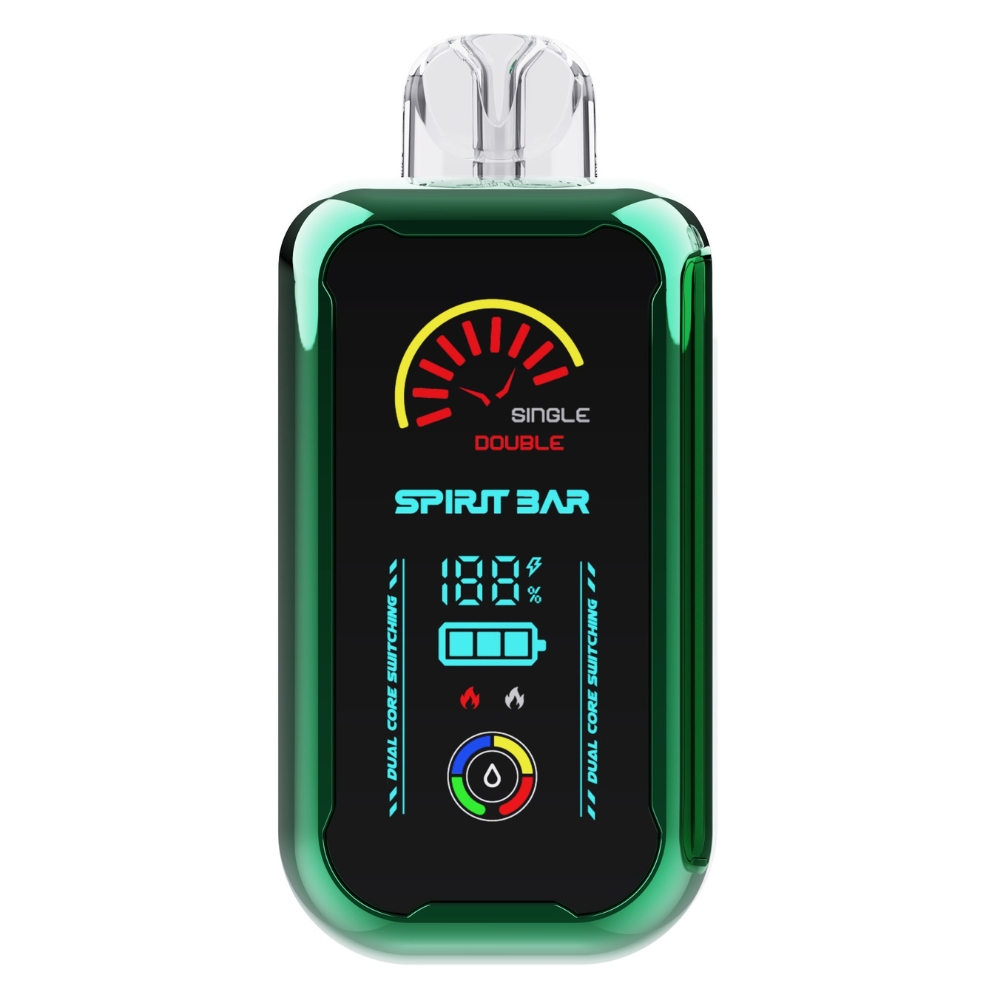Do Store Detectors Detect Vapes? Here’s What You Need to Know
Are you wondering if store detectors can detect vapes? With the rise of vaping, many stores have implemented security measures to prevent theft and ensure the safety of their customers. However, it’s important to understand if these detectors are capable of detecting vapes as well.
Smoke detectors are designed to detect smoke and fire, while vape detectors are specifically designed to detect vapor from e-cigarettes and similar devices. Vape detectors use sensors to detect the presence of vapor, and some can even differentiate between vapor and smoke. While some smoke detectors may be sensitive enough to detect vapor, they are not specifically designed for this purpose and may not be as effective as vape detectors. So, if you’re wondering if store detectors can detect vapes, it’s important to know that it depends on the type of detector being used.
Understanding Store Detectors
https://www.youtube.com/watch?v=R24CAs4pqZ4&embed=true
If you’re wondering whether store detectors can detect vapes, it’s important to first understand how these detectors work. Store detectors are designed to detect the presence of smoke in the air, which triggers an alarm to alert store personnel or security.
There are two main types of store detectors: ionization and photoelectric. Ionization detectors use a small amount of radioactive material to detect smoke particles, while photoelectric detectors use a beam of light to detect smoke particles.
While store detectors are designed to detect smoke, they may also be triggered by other things such as steam, dust, and cooking smoke. In addition, some detectors may be more sensitive than others, which means they may be triggered by even small amounts of smoke or other particles in the air.
It’s important to note that while store detectors may be able to detect the presence of vaporized e-liquids in the air, they are not specifically designed to detect vapes. The vapor produced by vapes may not be dense enough to trigger a detector, especially if the detector is not particularly sensitive.
In general, it’s best to avoid vaping indoors, especially in public places where store detectors may be present. Even if the detector doesn’t go off, vaping in public places is often prohibited and may result in fines or other penalties.
The Technology Behind Vapes
Vapes, also known as electronic cigarettes or e-cigarettes, are battery-powered devices that heat up a liquid (usually containing nicotine or other chemicals) to create an aerosol or vapor that is inhaled. The liquid is typically stored in a cartridge or tank, and the device may have a button or sensor that activates the heating element.
The technology behind vapes has evolved significantly over the years. Early e-cigarettes were often designed to look like traditional cigarettes and used a simple heating coil to vaporize the liquid. However, newer devices may use more advanced heating elements, such as ceramic or mesh coils, to produce a smoother and more consistent vapor.
In addition to the heating element, vapes may also include other components such as a battery, a microprocessor, and a sensor. Some devices may even have Bluetooth connectivity or other features that allow users to customize their vaping experience.
One of the challenges with detecting vapes is that they can be designed to produce very little visible vapor or odor. This makes it difficult for traditional smoke detectors to detect vaping, as they are typically designed to detect smoke or heat. However, specialized vape detectors have been developed that use sensors to detect the presence of vaporized e-liquids in the air.
Overall, the technology behind vapes is constantly evolving, and new devices are being developed all the time. As vaping continues to grow in popularity, it is likely that we will see even more advanced and sophisticated devices in the years to come.
Do Store Detectors Detect Vapes?
If you are a vaper, you might be wondering if store detectors can detect vapes. The answer is that it depends on the type of detector and the intensity of the vapor.
Smoke detectors, for example, might detect vapes if the vapor is dense enough and close enough to the detector. However, vape detectors are specifically designed to detect the presence of vaporized e-liquids in an area, and they are commonly used in public places like schools and office buildings to prevent people from vaping indoors.
Vape detectors work by using sensors that detect the presence of small particles that are released when vaping occurs. These particles are typically made up of nicotine, propylene glycol, and vegetable glycerin. Some vape detectors also use gas sensors that detect the presence of specific gases that are released when vaping occurs.
If you are concerned about triggering a vape detector in a store, there are a few things you can do. First, try to vape outside or in designated vaping areas if they are available. If you must vape inside, try to do it in a well-ventilated area away from other people. You can also try using a vape that produces less vapor or using a lower nicotine strength e-liquid.
In conclusion, store detectors might detect vapes depending on the type of detector and the intensity of the vapor. If you are concerned about triggering a vape detector, try to vape outside or in designated vaping areas, or use a vape that produces less vapor or lower nicotine strength e-liquid.
Factors Influencing Detection
Whether or not a smoke detector can detect vapes depends on a few factors. Here are some of the key factors influencing vape detection:
Density and Composition of Vapor
The density and composition of the vapor significantly impact whether a smoke detector can detect it. Vape particles are generally less dense and have a different composition than smoke, affecting the detector’s sensitivity. While some smoke detectors may be able to detect vape, it is not a reliable method of detection.
Proximity to the Detector
The closer the vape cloud is to the detector, the higher the likelihood of detection. However, even if the vape is close to the detector, it may not be detected if the density and composition of the vapor are not conducive to detection.
Sensitivity of the Detector
Modern smoke detectors are far more sensitive than older ones, which means they may be more likely to detect vapes. However, smoke detectors are not designed to detect vape or e-cigarette vapor due to the distinct differences between smoke and vapor.
Airflow in the Room
The direction, speed, and volume of airflow in the room can also impact whether or not a smoke detector can detect vapes. Vape is an aerosol and travels via diffusion, which means it may not be evenly distributed throughout the room. If the vape is not near the detector or if the airflow is not carrying the vape towards the detector, it may not be detected.
Overall, while some smoke detectors may be able to detect vapes, it is not a reliable method of detection. If you are concerned about vape use in your home or business, there are alternative methods of detection, such as advanced vapor detection systems.
False Positives and Negatives
While vape detectors can be effective in detecting vaping activities, they are not perfect. False positives and negatives can occur, which can lead to confusion and unnecessary actions.
False positives occur when the detector registers a vaping activity when there is none. This can happen when the detector is triggered by other factors such as humidity, dust, or other airborne particles. False positives can be frustrating and can lead to unnecessary searches or investigations.
On the other hand, false negatives occur when the detector fails to detect vaping activities. This can happen when the detector is not properly calibrated, or if the vaping activity is too light or brief to trigger the detector. False negatives can be dangerous, as they can give a false sense of security and allow vaping activities to go undetected.
To minimize false positives and negatives, it is important to properly maintain and calibrate the vape detectors. Regular cleaning and maintenance can help prevent false positives caused by dust or other airborne particles. Proper calibration can also help ensure that the detector is sensitive enough to detect vaping activities without triggering false positives.
It is also important to note that vape detectors are not foolproof and should not be relied upon as the sole means of detecting vaping activities. Other measures such as regular monitoring and education can also help prevent vaping activities from occurring in stores or other public places.
Overall, while vape detectors can be a useful tool in detecting vaping activities, it is important to be aware of their limitations and take other measures to prevent vaping activities from occurring.
Preventing Unwanted Detection
If you’re concerned about setting off smoke detectors with your vape, there are a few things you can do to prevent it from happening. Here are some tips:
-
Use devices that don’t produce visible vapor: Devices such as disposable e-cigarettes or e-cigarettes with clearomizers produce less visible vapor than other devices. This can help reduce the chances of setting off a smoke detector.
-
Avoid strong aromas: Flavored e-liquids or scented oils can produce strong aromas that may trigger a smoke detector. If possible, avoid using these types of products when vaping in public or in areas where smoke detectors are present.
-
Blow vapor away from smoke detectors: When vaping indoors, try to blow the vapor away from any smoke detectors in the area. This can help reduce the amount of vapor that reaches the detector and minimize the chances of setting it off.
-
Check local regulations: Before vaping in public areas, be sure to check local regulations to see if vaping is allowed. Many public places have banned vaping, so it’s important to be aware of the rules in your area.
By following these tips, you can help prevent unwanted detection while vaping. Remember to always be respectful of others and follow any rules or regulations in place regarding vaping in public areas.
The Role of Store Policies
When it comes to detecting vapes in stores, having clear policies in place can be an effective way to prevent vaping. Many stores have implemented policies that prohibit vaping on their premises, and these policies are often communicated to customers through signage and other means.
These policies not only help to prevent vaping but also ensure that customers feel safe and comfortable in the store. They also help to protect the health of employees and other customers who may be affected by secondhand vapor.
In addition to policies that prohibit vaping, some stores may also have policies that require employees to monitor for vaping and report any violations. This can be an effective way to ensure that vaping is not taking place in the store, and that customers are aware of the policy.
Ultimately, the role of store policies in detecting vapes is to create a safe and healthy environment for everyone. By implementing clear policies and communicating them effectively, stores can help to prevent vaping and ensure that customers feel welcome and comfortable.
Legal Implications
If you are caught vaping in a store, you may face legal consequences. Many stores have policies against vaping, and if you violate those policies, you may be asked to leave the store. If you refuse to leave, you may be charged with trespassing.
Additionally, some states have laws that prohibit vaping in certain public places, including stores. If you are caught vaping in a store in one of these states, you may be fined or even face criminal charges.
It’s important to note that smoke detectors in stores are not designed to detect vapors from e-cigarettes. However, some stores may have installed special detectors that are designed to detect vapor. If you are caught vaping by one of these detectors, you may be asked to leave the store or face legal consequences.
To avoid legal issues, it’s best to follow store policies and laws regarding vaping in public places. If you are unsure of the policies or laws in your area, you can check with your local government or the store management for guidance.
Overall, it’s important to be respectful of others and follow the rules when it comes to vaping in public places. By doing so, you can avoid legal consequences and help create a safer and more comfortable environment for everyone.
Public Perception and Misconceptions
The use of vape detectors in public spaces has been a topic of debate since their introduction. Many people have misconceptions about how these detectors work and what they can detect. Here are some common misconceptions and the truth about them:
-
Misconception 1: Vape detectors can detect nicotine.
Fact: Vape detectors cannot detect nicotine. These detectors are designed to detect the presence of vaporized e-liquids in an area. Nicotine is not a vapor and cannot be detected by these devices.
-
Misconception 2: Vape detectors are the same as smoke detectors.
Fact: Vape detectors are different from smoke detectors. Smoke detectors are designed to detect smoke, while vape detectors are designed to detect the presence of vaporized e-liquids. These two types of detectors use different technologies and have different detection thresholds.
-
Misconception 3: Vape detectors are always accurate.
Fact: Vape detectors can sometimes give false alarms. This can happen if the detector is too sensitive or if there is a malfunction. It is important to note that false alarms can be a nuisance and can cause unnecessary panic.
-
Misconception 4: Vape detectors are a violation of privacy.
Fact: Vape detectors do not violate privacy. These detectors are designed to detect the presence of vaporized e-liquids, not to monitor people’s activities. They do not record or transmit any personal information.
It is important to understand the facts about vape detectors to make informed decisions about their use. While these detectors can be useful in enforcing no-vaping policies in public spaces, they are not a replacement for education and prevention efforts.


